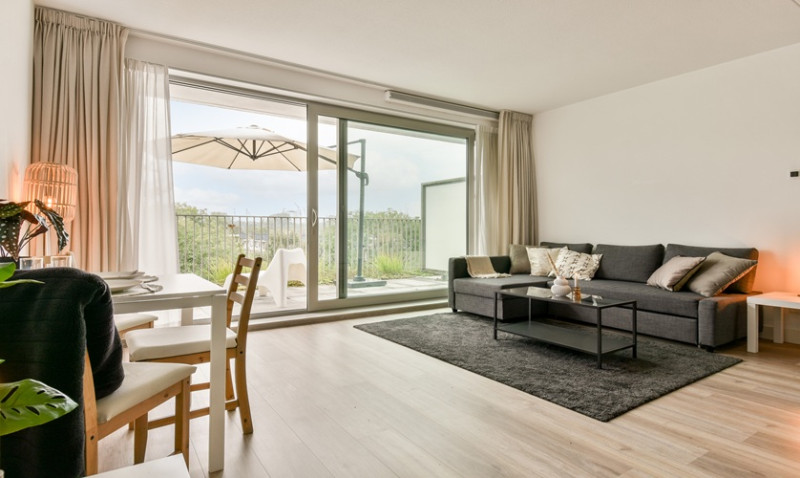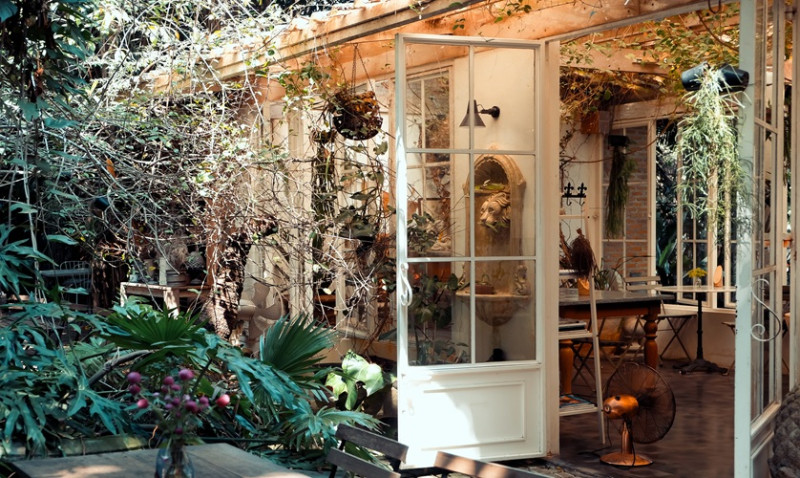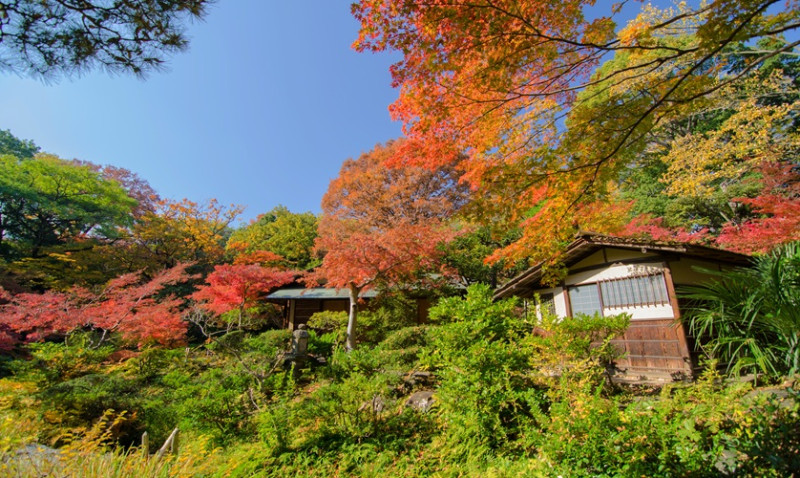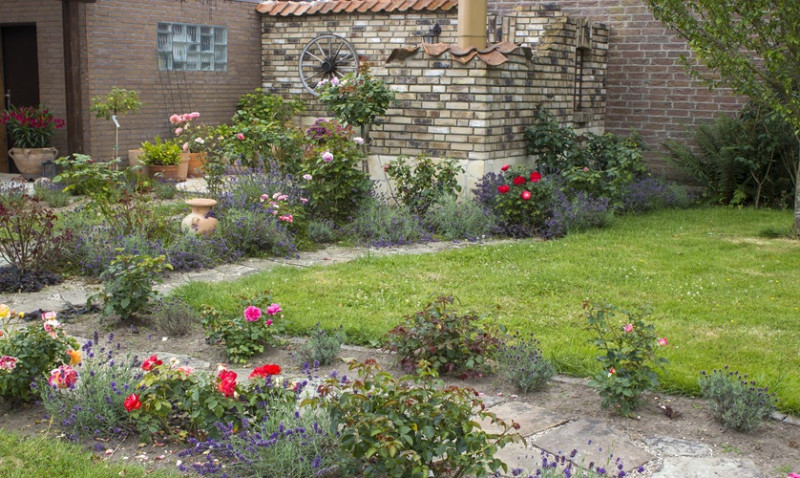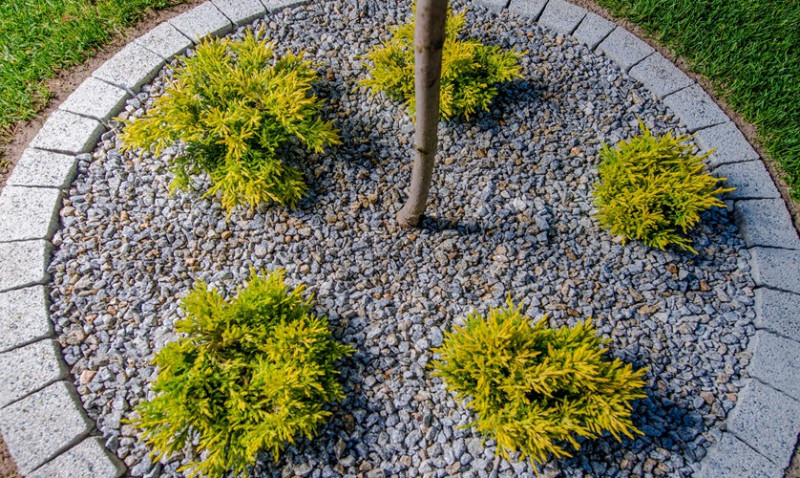
Designing a modern garden can feel like a daunting task, but with the right planning, creativity, and design principles, even a modest outdoor space can be transformed into a gorgeous and low-maintenance extension of your home. Whether you're a homeowner aiming to update your current garden, a DIY enthusiast diving into landscape design, or a professional looking to keep up with contemporary trends, this guide is tailored just for you.
Modern gardens are defined by clean lines, functional spaces, minimalism, and a harmonious blend of natural and man-made materials. By focusing on a few essential principles, you’ll be well on your way to creating an outdoor oasis that is both practical and visually stunning.
1. Start With a Plan
Every successful garden project begins with a solid plan. Whether you're working with a sprawling countryside garden or a compact city courtyard in London, you’ll need to assess what's already in place and define what you want to achieve. Start by sketching out your garden area—include boundaries, existing trees or structures, and other fixed points.
Identify how you'll use the space. Will it be a peaceful sanctuary, a social entertaining area, a functional space with vegetable beds, or a bit of everything? Understanding usage will shape design decisions like plant choices, layout, and hardscape installations.
Consider environmental factors such as light levels, wind direction, drainage, and existing soil conditions. This will affect where you place seating, what kind of plants will thrive, and how you handle irrigation or lighting.
Digital tools such as garden design apps or online planners can be helpful to visualise the outcome. If you’re a professional or an architect, CAD software can bring precision to your layout. Always keep your measurements and scale in mind from the start.
2. Embrace Minimalism
Modern garden design is inspired by a less-is-more approach. Clean lines, geometric shapes, and open spaces help to reduce visual clutter and create a calming environment. Think in terms of zones and symmetry: a lawn flanked by identical planting beds, a paved area defined by symmetrical borders or box hedging.
This doesn’t mean your garden has to be devoid of character. Minimalism encourages thoughtful choices — one or two large statement plants rather than dozens of small ones, discrete outdoor lighting instead of ostentatious lanterns, or functional furniture with elegant forms.
Use repetition to your advantage. Multiple planters of the same size and shape, repeated plant species, or recurring material choices help reinforce a cohesive and modern feel without being overly complex.
3. Choose the Right Materials
Material selection is crucial for achieving a contemporary look. Choose hard landscaping materials that reflect modern aesthetics — such as concrete, steel, wood, porcelain paving, corten metal, and composite decking. These offer both form and function, providing durability while looking sleek.
Porcelain paving, for instance, is one of the most in-demand materials in UK gardens today due to its non-slip surface, stain resistance and modern finish. For vertical interest, consider timber slatted screens, which offer privacy while contributing to the clean-lined look.
A material palette that's limited to just a few complementary finishes will always look more refined than one with too many contrasting tones and textures. If you’re considering sustainability, look into responsibly sourced or recycled products, which are increasingly available through UK suppliers.
4. Integrate Functional Zones
A good modern garden doesn't just look fantastic — it works hard for its users too. Create clear zones in your design, such as a seating area, cooking zone (like a BBQ or outdoor kitchen), a lawn or play area, and structured planting features. This allows the space to serve multiple purposes while maintaining clarity.
Use changes in flooring, built-in planters, or raised beds to define each zone. Think about traffic flow around the space and make sure there are obvious walkways and connections between each area.
If space is limited, multifunctional features become essential. Benches with integrated storage, built-in seating beneath pergolas, or green walls that provide privacy and greenery in tight quarters are excellent choices.
5. Go Low Maintenance with Smart Planting
A modern garden should be easy to maintain and enjoyable throughout the year. Choose hardy plants that thrive well in UK climates and don't require constant care. Evergreen shrubs, grasses like Stipa or Festuca, and architectural plants such as Phormium or Bamboo are a great start.
Choose a restrained planting palette to reinforce a minimalist look. Select 5–7 plant species and repeat them throughout the space for maximum cohesion. Here’s an example planting plan:
| Plant | Type | Visual Style | Maintenance Level |
|---|---|---|---|
| Boxwood (Buxus sempervirens) | Evergreen shrub | Symmetrical, structural | Low |
| Lavender (Lavandula angustifolia) | Perennial herb | Soft, fragrant, flowing | Medium |
| Japanese Maple (Acer palmatum) | Small ornamental tree | Elegant, vivid colour | Low to medium |
| Stipa Tenuissima | Ornamental grass | Soft, textured movement | Low |
| Agapanthus | Flowering perennial | Architectural, striking blooms | Low |
6. Add Modern Features & Technology
For a truly upscale, modern garden, it’s worth integrating contemporary features that elevate user comfort and enjoyment. Outdoor lighting is a good starting point. Use LED uplighting to highlight trees or structures, path lights to guide movement, and soft ambient lighting on patios for evening relaxation.
Don’t forget tech. Smart irrigation systems can help automate watering, especially helpful during the drier summer months. Consider weather-resistant wireless speakers, solar lighting and even built-in charging stations for gadgets.
Water features like minimalist fountains or reflective pools can add a serene atmosphere. Fire pits and outdoor heaters allow your garden to be used year-round, even during chilly UK evenings.
7. Incorporate Vertical Elements
Vertical space in a garden is often overlooked but essential—especially in smaller UK town and city gardens where ground space is limited. Use vertical garden features to increase greenery and create privacy.
Living walls, trellis panels with climbing plants, or slatted timber screens offer smart ways to add height, texture, and charm. They can also help divide zones or create windbreaks in open spaces.
Architects and designers seeking to create distinct vistas or hide less attractive borders can utilise vertical features as both practical and aesthetic tools.
8. Opt for Stylish Outdoor Furniture
Choose sleek and functional furniture with clean shapes and neutral colours to complement your garden’s minimalist design. Weather-resistant materials such as aluminium, teak, rattan, and composite are ideal for the UK climate.
Modular lounge seating, outdoor dining sets, and even hanging chairs or hammock zones can create inviting spaces for you and your guests to relax or entertain. Remember to allow enough space between furniture pieces for easy movement and visual balance.
Go one step further and opt for furniture with built-in storage to keep cushions, tools, or garden accessories tidy and out of sight when not in use.
Final Thoughts
Creating a modern garden in the UK isn’t just about aesthetics—it's about designing an outdoor living space that reflects your lifestyle, personal style, and optimum functionality. From minimal layouts and strategic planting to tech-forward features and material selection, every detail counts when building a modern garden that grows with you.
No matter your skill level or the size of your property, the key to success is planning ahead and making using smart, intentional design choices. By following the principles in this guide, you’ll be ready to build a garden that’s as modern as it is magnificent.
Looking to bring your garden retreat to life with expert solutions or premium materials? Explore our garden design products and services tailored to UK homeowners, landscape designers, and architects.
